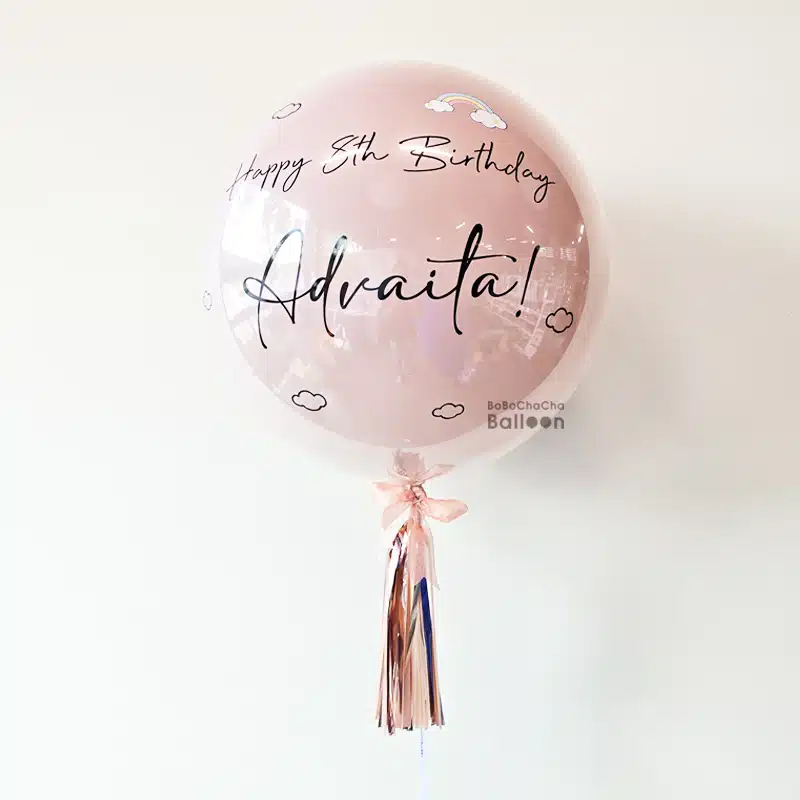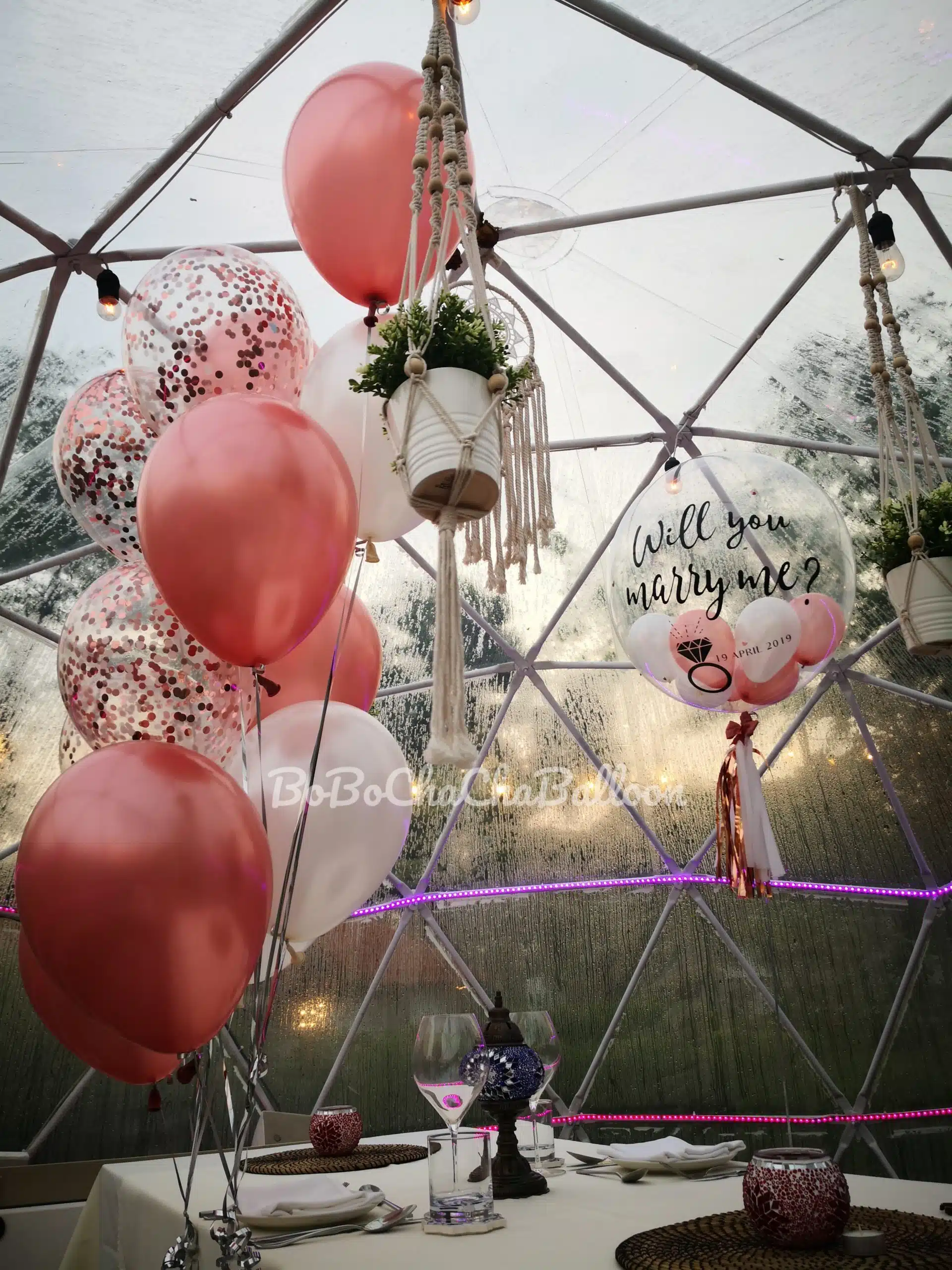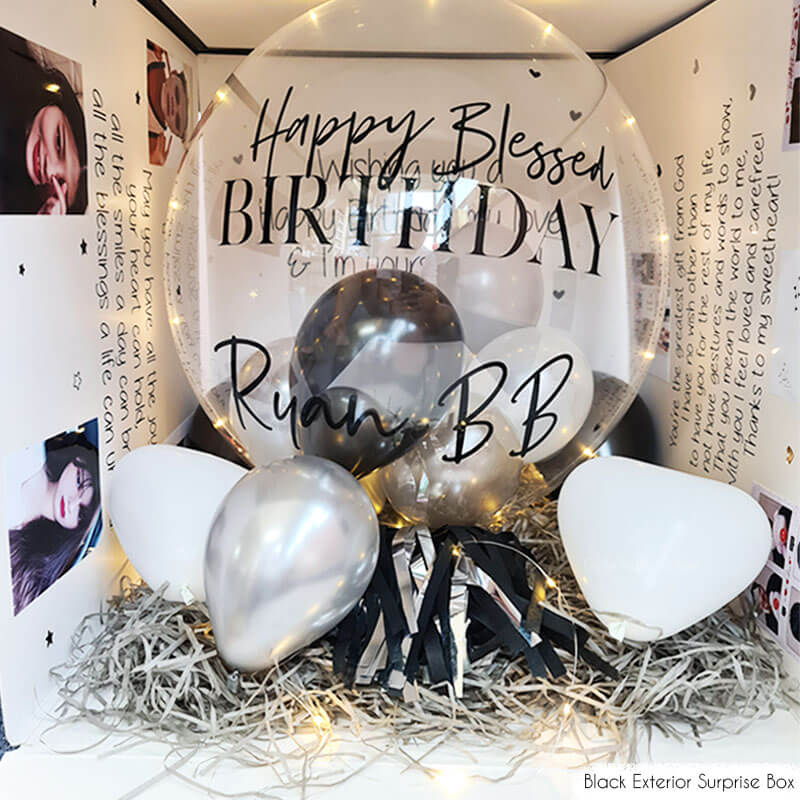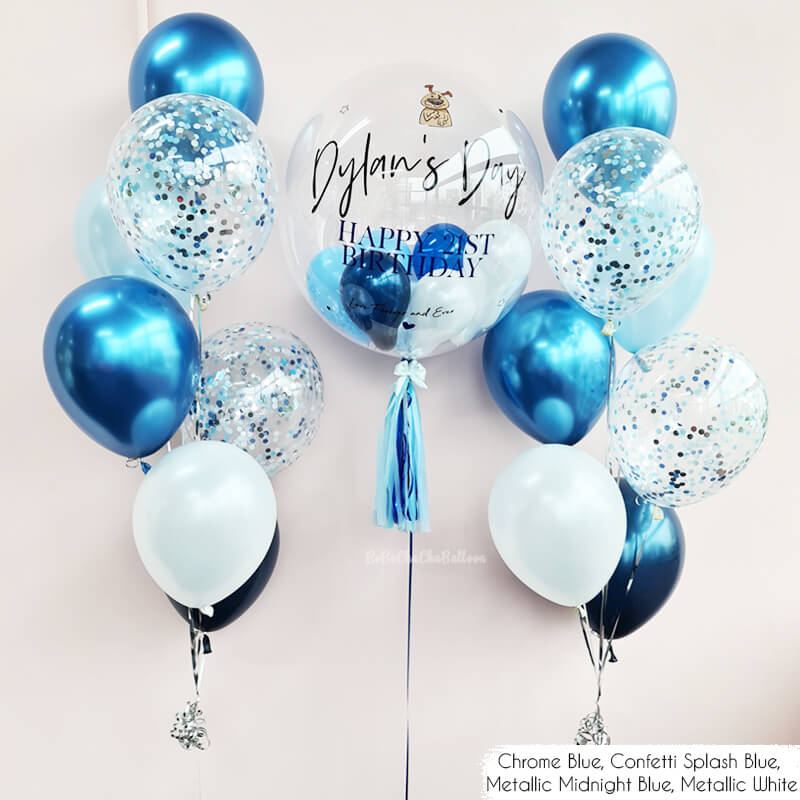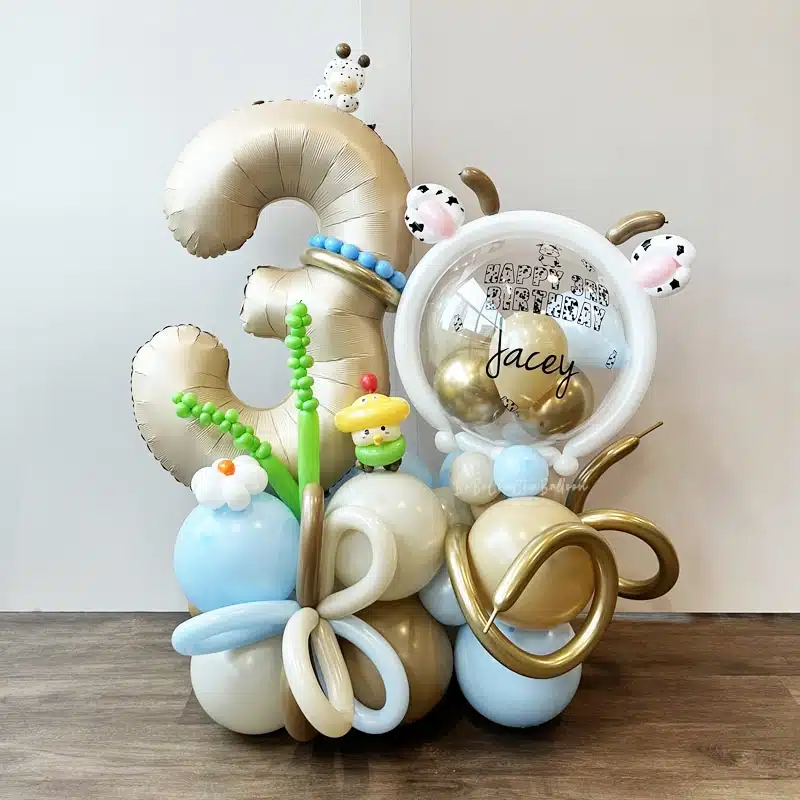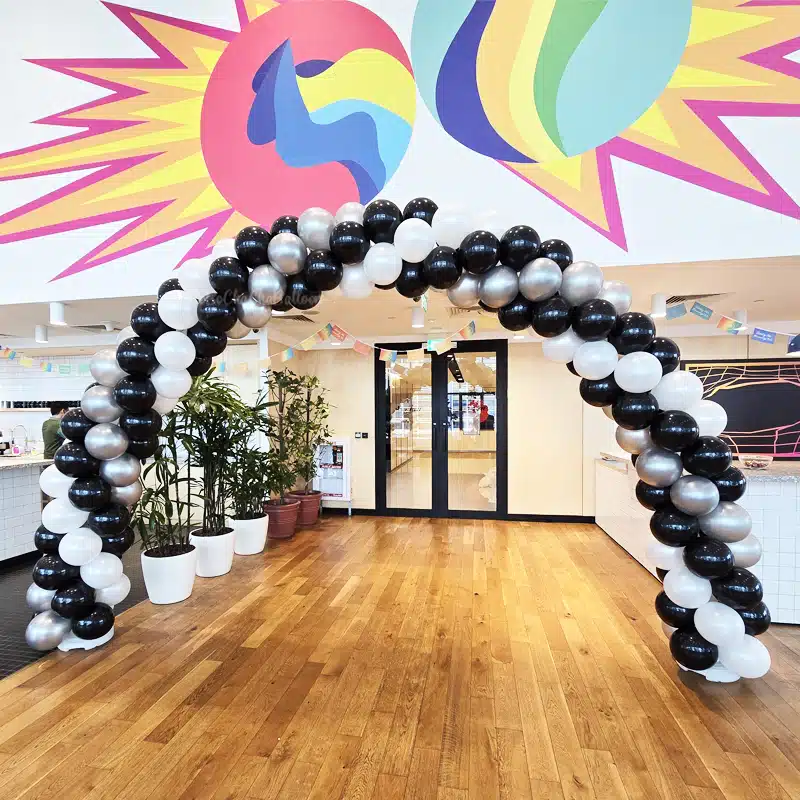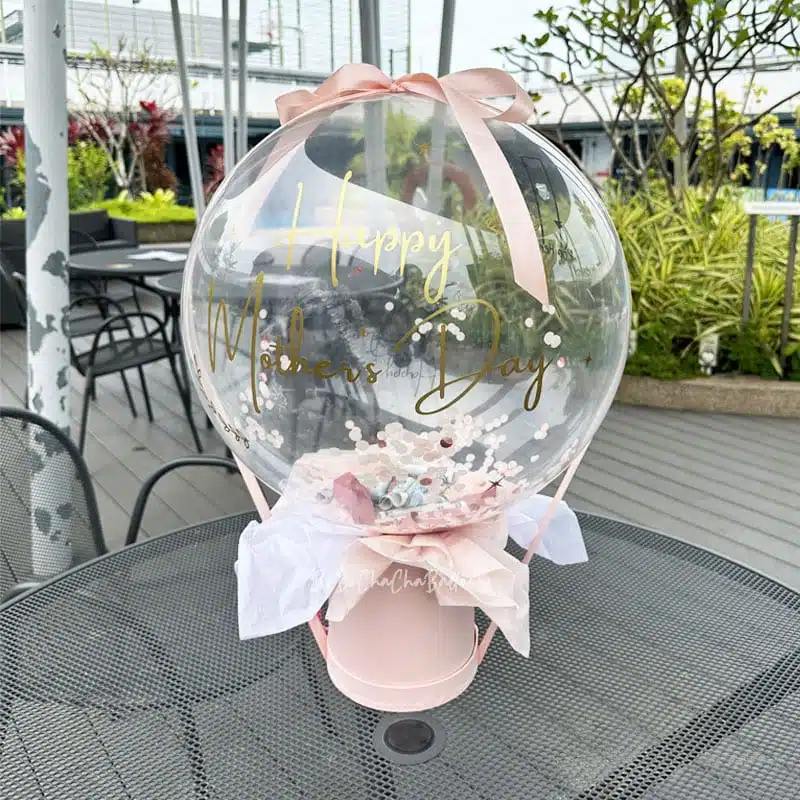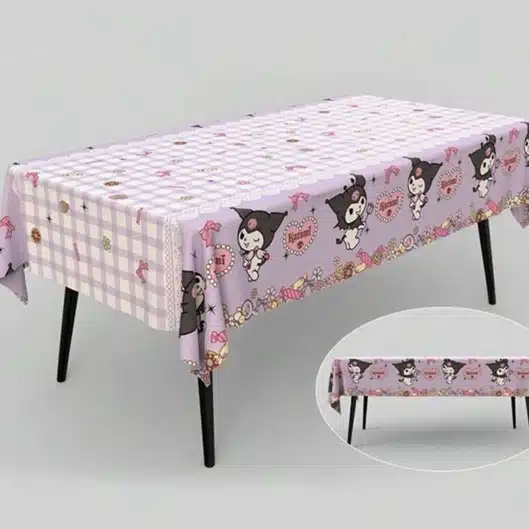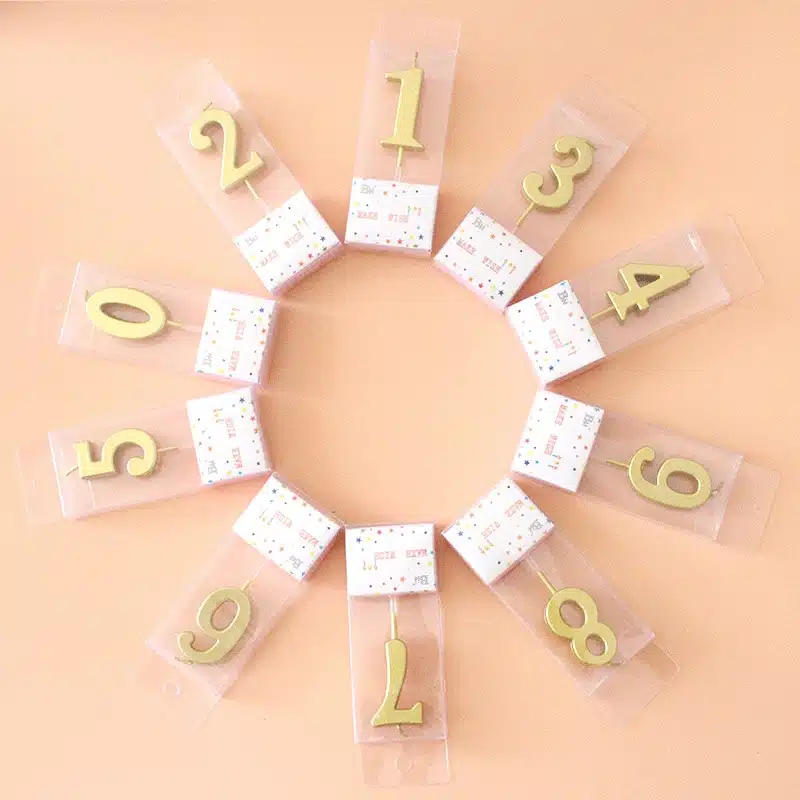Key Differences Between Air-Filled And Helium Balloons
Many people find themselves boggled by balloon jargon and word stocks. You might wonder, what’s the difference between foil and latex balloons? Are mylar and foil actually the same thing? And what sets air-filled and helium balloons apart?
That last question is a great place to start – it often shapes the whole balloon decision-making process. Balloons are either filled with air or helium. You probably know that one floats and the other doesn’t, but this bite-sized knowledge hardly gets one anywhere.
Maybe you’re wondering: if you’re working with a tight budget, which one makes more sense? If you need to prepare the balloons days before the event, which will hold their shape and last longer? Or if you already have a pack of balloons at home, should you fill them with helium or air? Knowing the differences between the two will lend you the answers to these questions and more.
Density
Helium is less dense than air since the latter’s molecules are more tightly packed together. When a balloon is filled with helium, it floats since it is buoyed up by the surrounding (heavier) air. This is the key difference: helium balloons float, and air-filled ones don’t.
Material
You’ve probably come across balloons with “air-fill only” or “not suitable for helium filling” written on the product description. It’s not that helium is unsafe for these materials, but that even if you inflate them with helium, they will most likely still not float.
This applies mainly to small balloons. For a balloon to float, its membrane must be lighter than its volume. However, small balloons can’t fit enough helium inside to overcome the weight of their material.
Air-filled balloons can thus be described as more versatile since they are suitable for all sizes. Still, there are balloon types, like Orbs balloons, designed for helium as it can be tricky to reach the perfect round shape with just air.
Serviceable life
Air-filled balloons generally last longer than helium balloons. They can last several days, even weeks, under the right conditions.
Helium balloons have a shorter life span. How long a helium balloon lasts depends on its size (larger ones last longer), material (foil lasts longer than latex), and shape (round ones last longer). Standard-size helium latex balloons stay afloat for about 8-20 hours, and foil balloons for about 3-4 days.
Helium molecules are extremely minuscule and easily escape through the “pores” and seams of materials — this is why foil balloons last longer than latex since they are comparatively non-porous.
Price
Helium is naturally pricier than air. After all, air comes free with lung power (or a pump or inflator). If you’re planning a party that requires many balloons, the price factor might influence your decision. Still, helium balloons have the advantage of being “floaty”, so you might find the extra cost to be worth it.
Creative potential
Helium- and air-filled balloons are both customisable with various design options and messages. However, they can diverge in creative potential. For instance, if you want to design a balloon ceiling or arrange a balloon bouquet, helium balloons are the way to go. If you’re planning a balloon arch, garland, or fun balloon games, air-filled balloons are perhaps more apt since you wouldn’t want them to float.
And if you’re looking for something extra fun, try a confetti balloon in Singapore. They’re a popular pick for both helium and air-filled styles and bring an extra dose of joy to any event.
Conclusion
Both helium and air-filled balloons have their pros and cons, but there’s no doubt they each bring something special to a celebration. Whether you’re planning a birthday bash, a proposal, or just want to surprise someone with a cheerful balloon delivery, there’s a perfect option for you.
At BoBoChaCha, we offer an exciting selection of balloons and balloon decorations to match your needs. Whether you’re looking for helium- or air-filled balloons, check out our website and find the party favours you love today.


